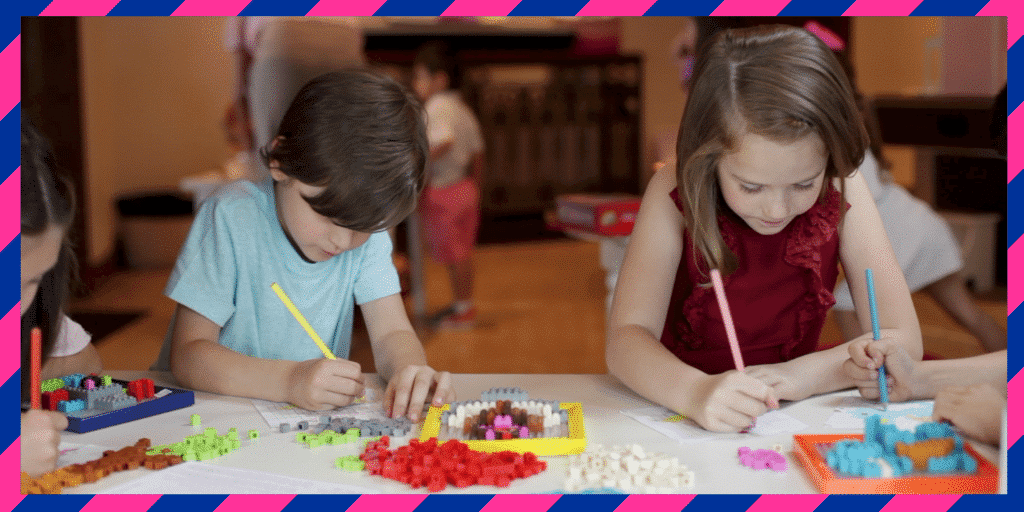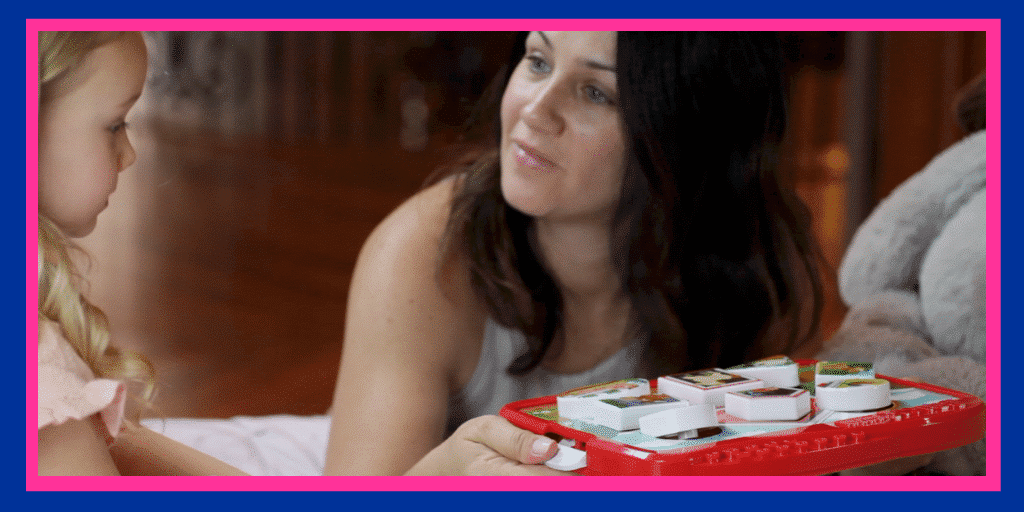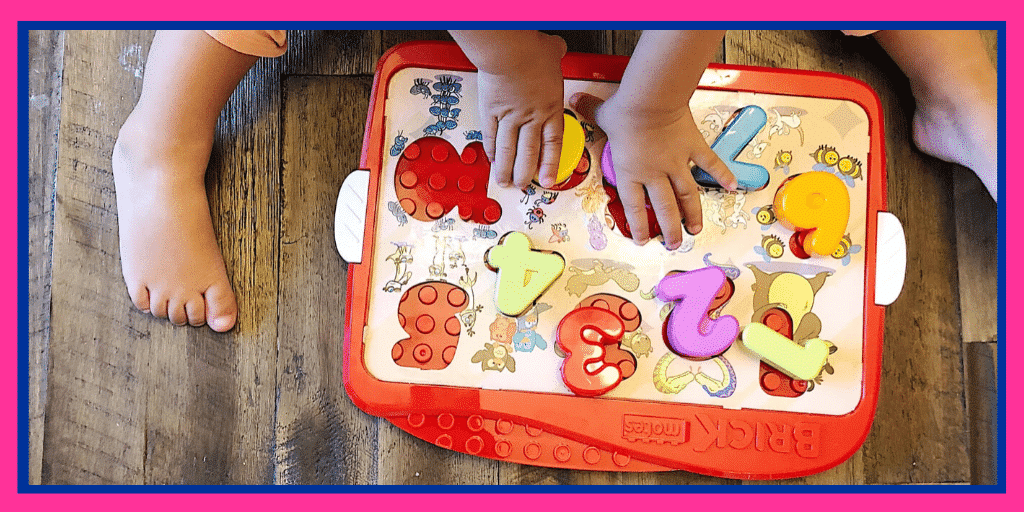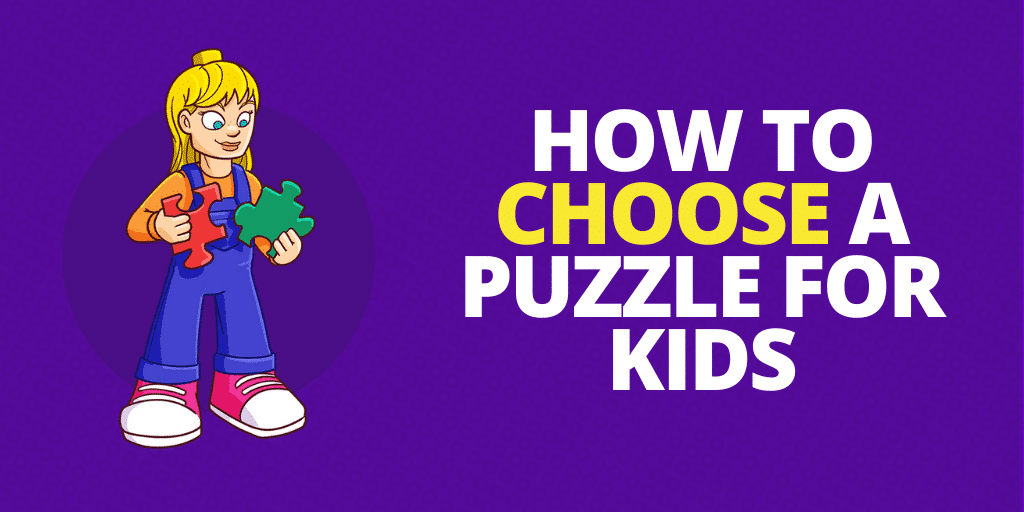How to Choose a Puzzle for Kids
- When your child plays with STEM puzzles that means they are practicing fundamental skills that fit into 4 categories. These four categories are generality, simplicity, eureka factor, and entertainment factor. According to childrensplace.com, “Many toys encourage STEM skills without having a single motorized or computerized component. Puzzles are one great example, as they require children to think logically to solve a problem — a lot of computer programming is essentially puzzle-solving.” The best puzzles for kids are STEM puzzles.
- The younger we introduce an age-appropriate puzzle to our children, the more likely they will enjoy this style of learning and carry the passion with them throughout their schooling. Furthermore, it will help them be more successful in the future. Most children avoid math and science by 8th grade because of the lack of proper skills taught at a young age. Inspiring your child through STEM play at home is key in preventing this.
- There are three rules that will help you find the right puzzle for your child. 1. Always choose STEM-certified puzzles 2. Assess the difficulty 3. Prevent your child from avoiding puzzles with specific techniques described below.
What are STEM Puzzles?

STEM learning was created to help foster imagination and innovation in our kids today. Toys that need to be built and that have a more open-ended style of play are what this type of play is all about.
STEM toys range from simple building toys and puzzles to electronically based activities and games.
According to childrensplace.com, “Many toys encourage STEM skills without having a single motorized or computerized component. Puzzles are one great example, as they require children to think logically to solve a problem — a lot of computer programming is essentially puzzle-solving.”
The best puzzles for kids are STEM puzzles.
I don’t just say that because BrickMates® puzzles are STEM certified, but because STEM certification ensures you’re buying a puzzle that is catering to your child’s education properly.
It’s not extremely easy to get certified, there are various criteria to be accepted.
As your child plays with STEM puzzles that means they are practicing fundamental skills that fit into 4 categories.
- Generality – Explains a universal math problem-solving principle.
- Simplicity – Provides clarity without being too easy.
- Eureka factor – The moment your child pushed through the times they’ve failed, practiced their critical thinking skills, lateral thinking skills, and figured out how to solve their problem.
- Entertainment factor – It has to be engaging and fun. Naturally, we do better when we enjoy what we’re doing even when it gets tough.
Inspire Your Kids Through Play

Did you know that Google keeps building block sets like Lego at their office?
Research has found that when it comes to promoting skills such as problem-solving and mathematical thinking, Legos® and similar building blocks rank highest of all, above any complex toys. (Even adults benefit from the problem-solving and creativity-boosting effects of Lego®, which is why Lego® sets are stocked in Google offices.)
Recent research has even found that playing with building blocks helps people deal with negative emotions, too. It’s a positive outlet that teaches you how to work through problems laterally and simply.
What do adults playing with toys have to do with kids?
First, this shows that these are classic “toys” AKA building puzzles that grow with us as we age.
The skillset needed to create a visually stunning 3D puzzle based on pictures, following directions, or even creating something from memory is by playing with STEM puzzles.
In fact, in order to even develop those skills, it’s important to incorporate learning at home through play. Puzzles are always a go-to.
This is because there are all different types of puzzles.
There are matching puzzles, building block puzzles, jigsaw puzzles, mathematical puzzles, mechanical puzzles, cryptic puzzles, and so much more.
The younger we introduce an age-appropriate puzzle to our children, the more likely they will enjoy this style of learning and carry the passion with them throughout their schooling. Most children lose their will to learn by 8th grade because they lack the skillset to handle complex problems.
Second, we are the inspiration for our children.
They look up to us, imitate us, and think we are the best thing that has ever happened (until they’re 13 of course).
Showing our children how things work, as well as guiding them so that they learn on their own is a fun way to build a strong family bond.
Teaching them how to complete a puzzle will be an instrumental part of their success in life. As long as they stick with STEM learning.
Choosing STEM Puzzles for Kids

There are three rules that I’ll explain below.
- Always choose STEM-certified puzzles
- Assess the difficulty
- Prevent your child from avoiding puzzles
What are the best puzzles for kids?
There are all different types of puzzles for kids. It’s less complicated and time-consuming to narrow your choices down based on the features and benefits they have based on your child’s preference, age, and certification.
The most important and first step is to always choose a STEM-certified puzzle.
By doing this you’re saving so much time researching if the puzzle holds all of the components to nurturing your child through a fun and educational approach.
There are all different types of opinions on the best toys for kids.
However, with this certification, it’s a fact that the toy or puzzle in question is one that you will never have buyers remorse over.
The greatest benefit of this label is your child is more likely to learn efficiently, increase their attention span and learn many important lifelong skills like problem-solving, critical thinking, patience, and teamwork.
That’s just a few!
Even more, since those puzzles are STEM certified, that means your child is going to be more committed to choosing that puzzle as a go-to as compared to other toys.
There are three types of STEM puzzles that have some major upgrades from the classic puzzles. These were designed to cater to the convenience we love without sacrificing the educational component in any way, plus they’re more fun for kids.
Are you sick of losing puzzle pieces and then seeing your money sit on a shelf because one puzzle piece is missing and your kids won’t play with it?
Yup. Me too. That’s why these come with zip-tie bags for easy storage.
If you’re sick of stepping on building blocks like Lego®, Duplo®, and Mega Bloks® then you will be jumping for joy (and not falling to the floor screaming at the toy Gods) because these puzzles snap into place!
One of the greatest benefits of the puzzles designed by BrickMates® is the baseboard that it comes with.
It’s a two for one deal. It’s a puzzle that is guided play and it can be set up for free play. Both are equally important.
Easily take the frames out of the baseboard so that your child can “snap” blocks like the Lego®, Duplo®, and Mega Bloks® bricks for a session of creative and free play.
The best puzzles for kids ages 5+ are Stack by Numbers and Puzzle Clix.
- Quick & easy cleanup. There are two options. It comes with a zip-top storage bag to put the pieces away or your child can hang it as wall art as long as they’d like since the pieces stay in place.
- Rules of the “game”. 1) Clear base plate reveals a color & numbered template 2) Follow the numbers for how high to stack your bricks 3) The color fields tell you which color bricks to use 4) Complete the design with puffy stickers.
- Snap-down puzzles that include a pry tool to pop the pieces up with ease.
- 48 piece set with varying images that are easier to difficult based on the color pallet.
- Base-board that encourages free play with compatible building blocks
- A great family bonding puzzle that can be split up into a winding down activity for 15 minutes before bed together.
When should you choose this puzzle for your child?
If your child is 5+ and has shown the ability to complete 24 and 36 puzzle pieces with someone or by themselves.
The best puzzles for toddlers is Lock and Learn.
Lock and Learn
- Helps your toddler quickly reach age-appropriate milestones such as Cognitive, Educational, Emotional & Physical Skills. Learn Numbers, Letters, Colors, Shapes, Patterns & Orientation.
- STEM-certified. It reinforces math concepts, understanding how to problem-solve, develop fine motor skills, practice experimentation, and a great introduction to technology (even without the electronic aspect).
- Dishwasher safe. If your toddler’s hands are always clean, you get the mom award of the year!
When should you choose this for your child?
There is a 6 piece and 10 pieces set.
Choose the 6 piece set when your toddler is learning about animals and just starting to practice using puzzle pieces.
If they need to work on their large and small motor skills, this is the perfect option.
By the way, you don’t have to include all the pieces at first either.
Going at their own pace ensures they’re engaged enough and won’t lose interest.
Then, upgrade to the 10 pieces as they develop more.
Second, assess the difficulty.
The level of difficulty is influenced mainly by factors such as:
- Number of pieces
- Piece sizes
- The degree of detail of the picture and color variation
- The child’s experience with jigsaw puzzles
- The quality (cardboard thickness, susceptibility to bending and twisting of the pieces, precision of cutting)
- Other features that can help in arranging (image contours, piece shapes, etc.)
Third, prevent your child from avoiding puzzles.
When a child avoids or “can’t do” jigsaw puzzles, there could be a number of different reasons.
- Poor visual discrimination skills – has not yet learned to pay attention to detail
- Lacking age-appropriate figure-ground perception – they can’t find the detail they are looking for in the sea of pieces
- Poor visual closure skills – unable to see what piece would complete the piece of the puzzle they are looking at
- Weak motor planning skills – the child simply does not know where to start. This child needs to systematically work through the steps of doing a puzzle.
- Lack of exposure to the concept of building puzzles
To teach your toddler how to do puzzles:
For toddlers who have no idea what building a puzzle is about, or for children from deprived backgrounds, you often need to first introduce them to the concept of fitting things together.
- 1 piece puzzles are a good introduction to this concept.
- Making use of a shape sorter will also help your toddler learn to perceive and match shapes as well as the concept of fitting things together
- If your child is overwhelmed by all the shapes, place just a few shapes at a time and make it “easy” for your child!
Once your child understands the 1 piece puzzles, it’s time to make an upgrade to 2 piece puzzles.
This is when you’re introducing the concept of how to complete a picture.
Let’s say you buy your toddler this puzzle and it’s too overwhelming.
First, give them 3 pieces at a time to complete it rather than all 6.
However, after they’ve mastered it, it doesn’t mean your child will be ready to tackle the 12 piece puzzles right away.
Therefore, let them play with different shapes and styles of the 6 pieces until they’re ready for the next level.
To teach your 5+-year-old to do puzzles:
- Show them how to organize puzzles into similar groups. This will help them analyze how a finished puzzle should look as they start to build. Sort by those with straight edges and those without to practice sorting skills and learning opposites.
- Find the corners and place them correctly using the picture on the box for reference.
- Build the outside. This helps them build their confidence. Also, builds their visual discrimination skills and ground perception.
Let me know below if you’re going to try these methods with your little one.
Don’t forget to share this on Facebook or Twitter to help our mom tribe out there. We’re in this together!




